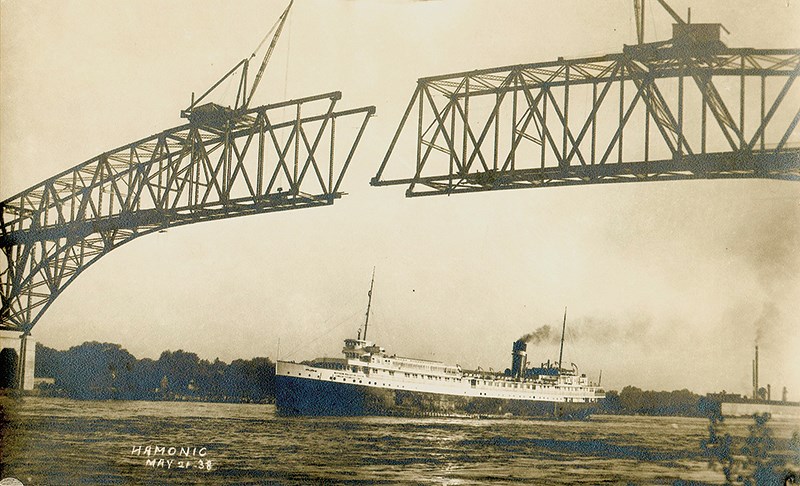George Mathewson
Rome wasn’t built in a day. Sarnia took about 200 years.
Here are three engineering feats that shaped the city we call home today.
Cull Drain
In 1855 an engineer named James Cull pitched the idea of digging a canal to drain a vast marshland that stretched from today’s Modeland Road to Bright’s Grove to Highway 402.
Lake Wawanosh, named for the Chippewa of Sarnia Chief David Wawanosh, teemed with waterfowl and wildlife according to early accounts. But settlers saw it as an impediment to growth.
Digging began in 1859 and over the next half-century smoke-belching steam shovels reclaimed 1,800 acres of terra firma from the cattails and bulrushes.
By 1912 the lake itself and surrounding marshes had been converted to farmland. Today, that land is only slightly above the level of Lake Huron and often floods each spring.
Ever wonder why Blackwell Road twists and turns so much? It was built along the north shore of the lake.
Polymer
When Japan cut the supply of rubber during World War II the entire Allied war machine was threatened.
Creation of the Polymer Rubber Corporation in 1942 became a priority second only to the Manhattan Project and building an atomic bomb.
Sarnia was chosen to host the plant because Imperial Oil was already here and it could provide feedstock for the British Empire’s first synthetic rubber plant.
Polymer’s impact on Sarnia was enormous. For one thing, it fell to the community’s women to fill the void created by the departure of so many men to war. More than 200 women, many right out of high school, secured good jobs as technicians and lab assistants.
For another, Polymer (now Lanxess) led other manufacturers to set up shop here, including Dow Chemical, Shell and Sun Oil (Suncor), giving birth to the Chemical Valley.
Sarnia had 18,700 residents at Polymer’s founding. Twenty years later the population had exploded to 51,000.
Bridge and Tunnel
Construction of the St. Clair River Tunnel from 1889-91 also had a profound impact, turning farmland and vacant lots in south Sarnia into a bustling community.
When the Blue Water Bridge opened in 1938 it did for trucks and cars what the tunnel had already done for trains, speeding the movement of people and goods.
But Sarnia’s standing as a transportation hub, with two of the busiest bridges and railyards in the nation, is really nothing new.
When the bridge was twinned in the 1990s archeologists from Western University unearthed thousands of First Nations artifacts that confirmed the river narrows at Point Edward has been a key transportation and trade route since the time of Christ.
One of the new bridge’s pillars marks the site of a massive Aboriginal fishing camp that contained hooks, net sinkers and the 500-year-old bones of fish still here today, such as walleye and sturgeon.
